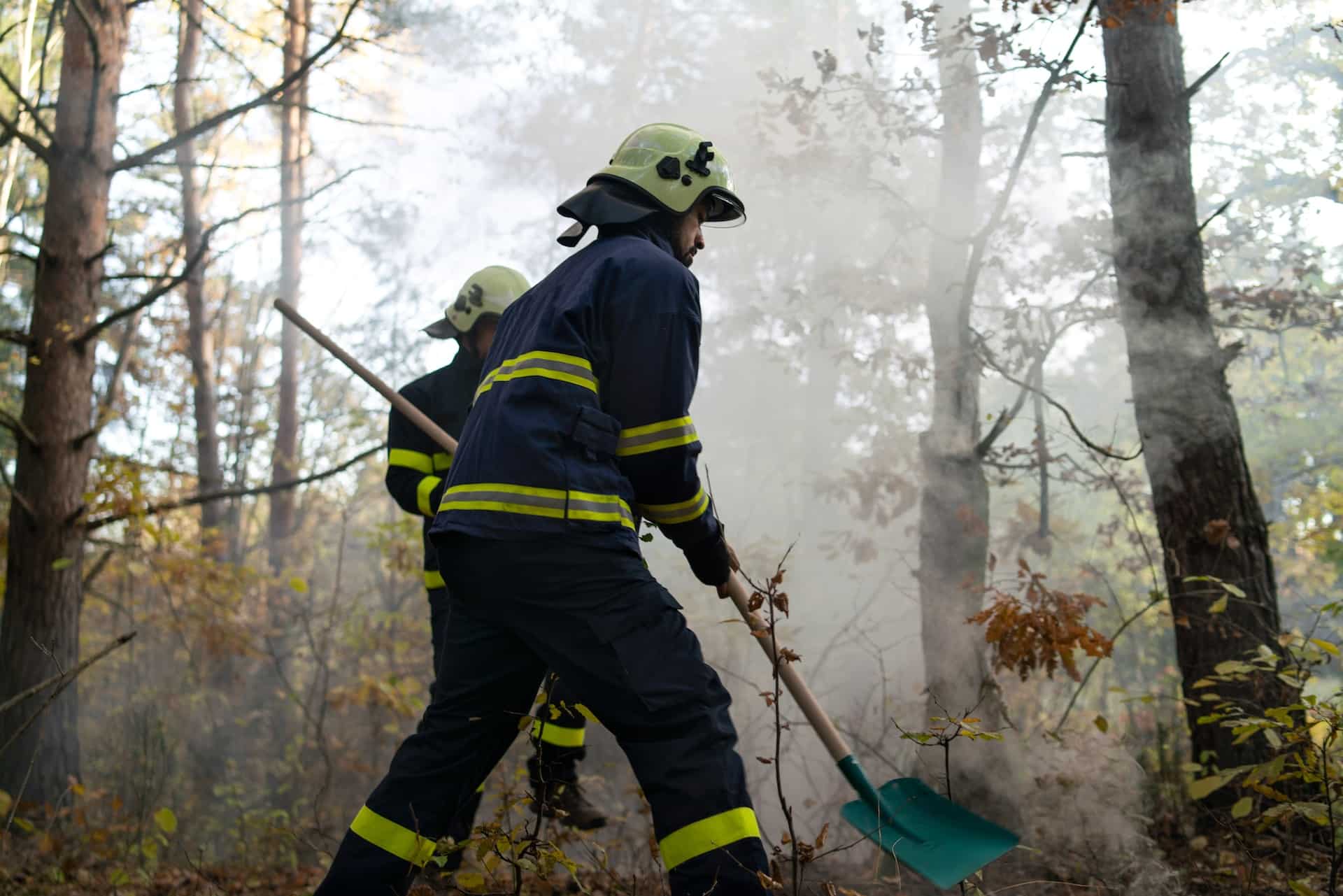Bushfires pose significant challenges to both human communities and natural ecosystems. The increasing frequency and intensity of bushfire events worldwide have heightened the need for effective bushfire management strategies that preserve the environment, protect human lives, and minimise property damage.
In this article, we will discuss the importance of bushfire management, examine various strategies that strike a balance between conservation and safety, and explore how Woods Environmental Services can assist you in creating effective bushfire management plans for a sustainable and safer future.
The Importance of Effective Bushfire Management
Effective bushfire management is pivotal for minimising the environmental, economic, and social impacts of bushfires. The key benefits of well-planned bushfire management strategies include:
- Saving Lives and Property: By mitigating the severity and intensity of bushfires, effective management strategies can save lives and protect properties in high-risk areas.
- Biodiversity Conservation: Sustainable bushfire management aligns with environmental conservation objectives, providing for the needs of native flora and fauna while reducing the risks from wildfires.
- Economic Stability: Uncontrolled bushfires can devastate local communities and economies. Effective bushfire management safeguards valuable natural resources, property investments, and community livelihoods.
- Environmental Protection: Effective bushfire management promotes the conservation and recovery of ecosystems, reduces air pollution from smoke, and mitigates soil erosion and sedimentation in nearby watercourses.
Practical Strategies for Sustainable Bushfire Management
A range of sustainable bushfire management strategies can be employed to balance the needs of human communities and the environment:
- Fuel Reduction: Controlled burns and mechanical thinning can reduce the amount of flammable material in high-risk areas, helping to minimise the intensity and spread of wildfires.
- Firebreaks and Buffers: Creating firebreaks, buffers of cleared or low-fuel vegetation, and defensible spaces around developments can mitigate the risks to properties from approaching bushfires.
- Building and Infrastructure Design: Adopting bushfire-resistant building materials and design principles can enhance the resilience of structures to bushfire threats.
- Community Engagement and Education: Empowering communities with knowledge of bushfire risks and preparedness can increase their ability to cope with and respond to bushfire events.
Woods Environmental Services’ Role in Bushfire Management Planning
Woods Environmental Services provides comprehensive bushfire management planning services tailored to client’s specific needs, ensuring the long-term safety and success of their projects:
- Bushfire Risk Assessment: Our expert team assesses bushfire risks by analysing site factors, potential fuel loads, and vegetation distribution to develop appropriate risk mitigation strategies.
- Bushfire Management Plan Development: We create customised bushfire management plans, incorporating varied strategies such as fuel load reduction, firebreak installation, and monitoring to suit each project’s unique challenges and requirements.
- Regulatory Compliance Assistance: We ensure that your bushfire management plan complies with relevant national, state, and local regulations and codes, providing guidance through the submission and approval process.
- Ongoing Monitoring and Support: Our team offers long-term monitoring and support, reviewing the effectiveness of implemented strategies and providing recommendations for adaptive management.
Case Studies of Successful Bushfire Management Initiatives
Various regions around the world have embraced innovative approaches to bushfire management, showcasing the effectiveness of sustainable and adaptive bushfire management strategies:
- Warrandyte, Victoria, Australia: Community-led initiatives like the Warrandyte Fireguard Program educate local residents on bushfire preparedness and facilitate coordinated efforts for fuel reduction, firebreak installation, and overall community safety.
- West Arnhem Land, Northern Territory, Australia: Indigenous-led early dry season burns in West Arnhem Land have demonstrated remarkable success in reducing fuel loads and wildfire extent while supporting biodiversity and traditional ecological knowledge.
- California, United States: In response to severe wildfires, California has adopted comprehensive fuel reduction strategies, including controlled burns and targeted deforestation, along with stringent building codes for properties in high-risk areas to protect communities and conserve ecosystems.
Embrace Sustainable Bushfire Management for a Safer Future
Sustainable and effective bushfire management is crucial for the long-term health of our environment, as well as the safety and prosperity of communities living in bushfire-prone regions. By incorporating well-planned strategies and engaging expert support like that offered by Woods Environmental Services, we can foster a proactive approach to bushfire management that prioritises both human well-being and environmental conservation.
Investing in bushfire management planning not only minimises risks to lives and properties, but also highlights our collective responsibility towards creating a sustainable and safer future for all. Combining practical strategies, collaborative efforts, and the invaluable guidance and expert environmental services of trusted professionals like Woods Environmental Services, we can be better prepared for the challenges of bushfire events while supporting conservation goals and creating resilient communities.

